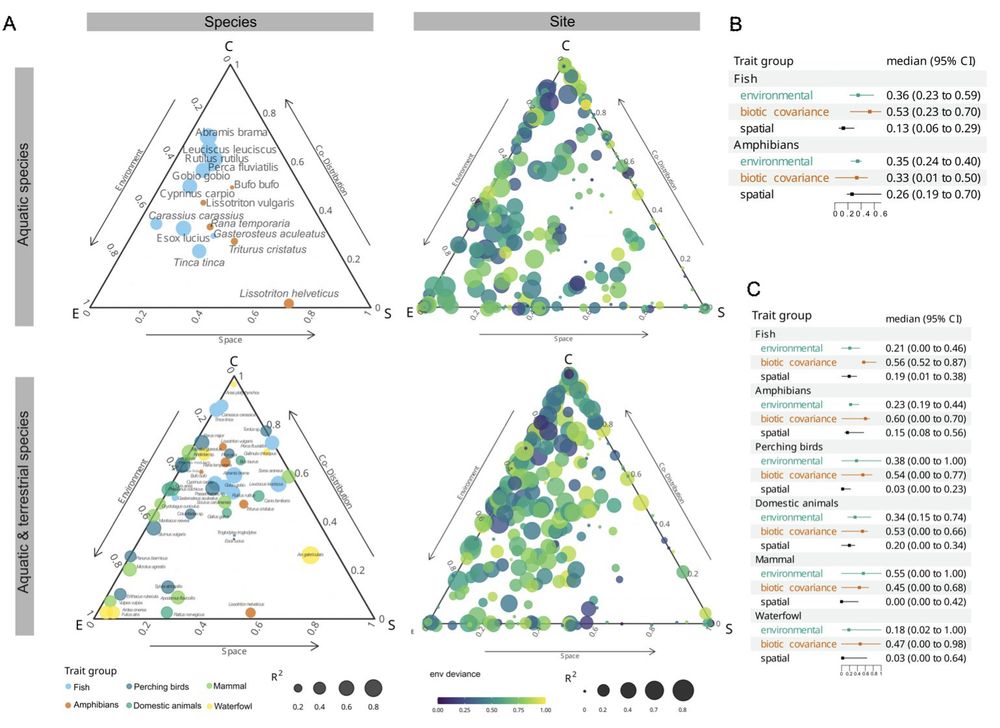
Professor at U. Regensburg, Germany #Ecology #Evolution #Statistics #MachineLearning
https://www.uni-regensburg.de/biologie-vorklinische-medizin/forschen/arbeitsgruppen/ag-hartig
Spatial models for biodiversity: Exploring state-of-the-art applications
Details and abstract submission are here meetingorganizer.copernicus.org/WBF2026/sess...
Reposted by Florian Härtig

Dr. Florian Hartig @florianhartig.bsky.social
Professor for theoretical ecology at the University of Regensburg. His research concentrates on theory, simulation models, statistical methods and data science / AI in ecology, evolution and conservation.
statisticalecology.org
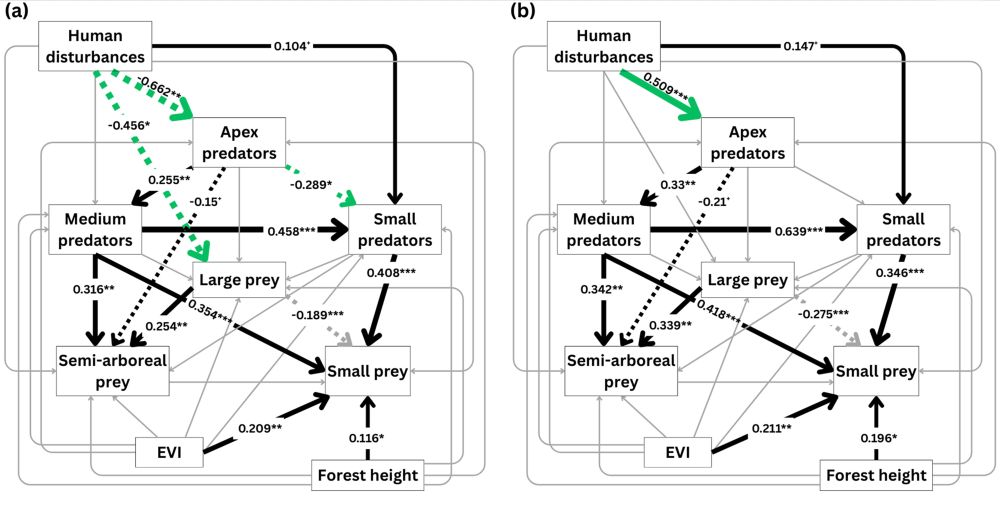
Reposted by Darío Martin‐Benito, Billur Bektaş
Reposted by Irena Šímová
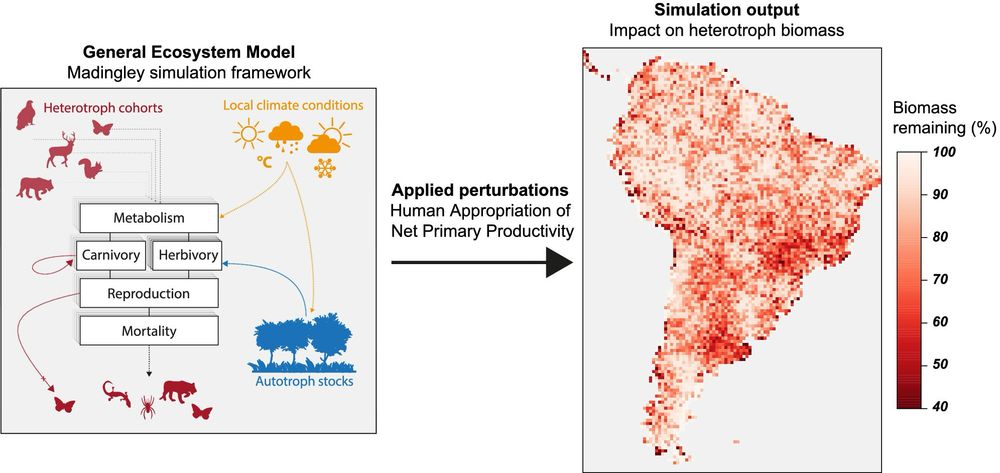
Reposted by Florian Härtig
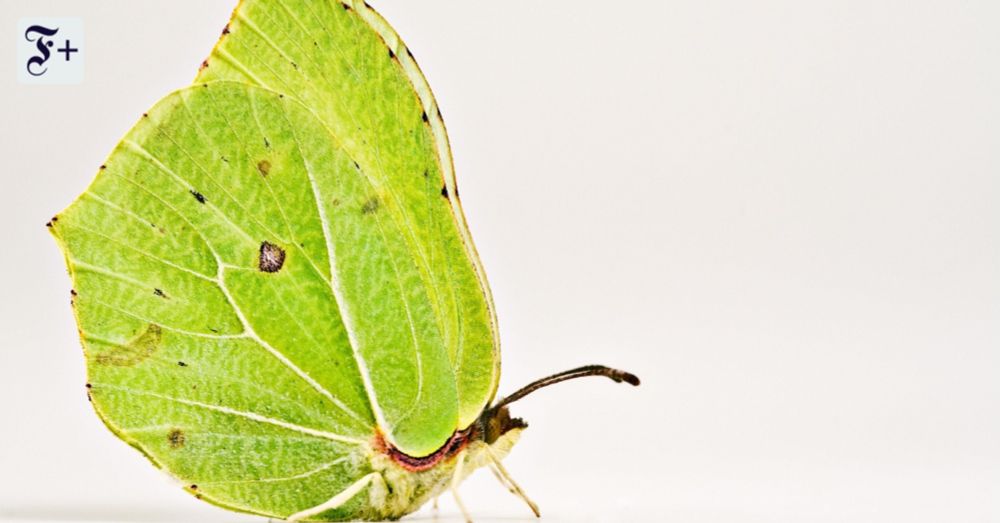
U.a. mit Argumenten von @sebseibold.bsky.social @florianhartig.bsky.social & Jens Dauber vom @thuenen.de.
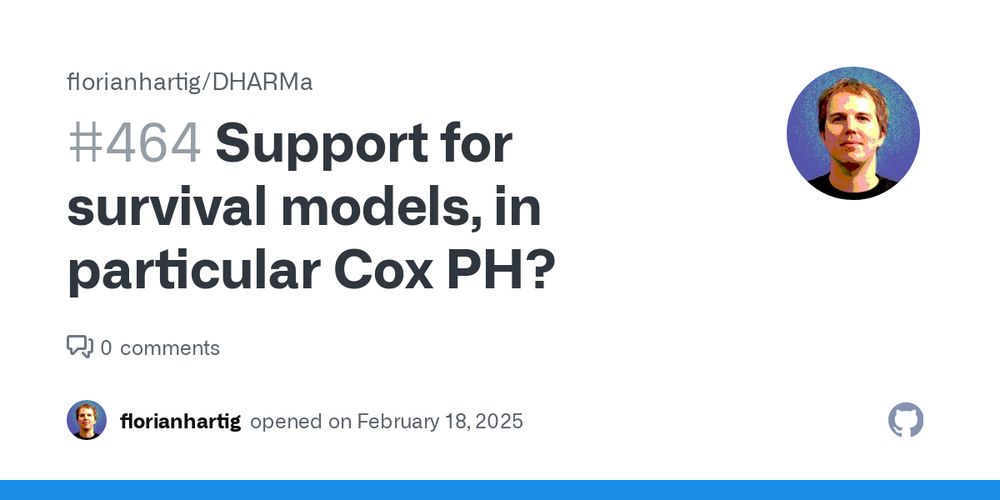


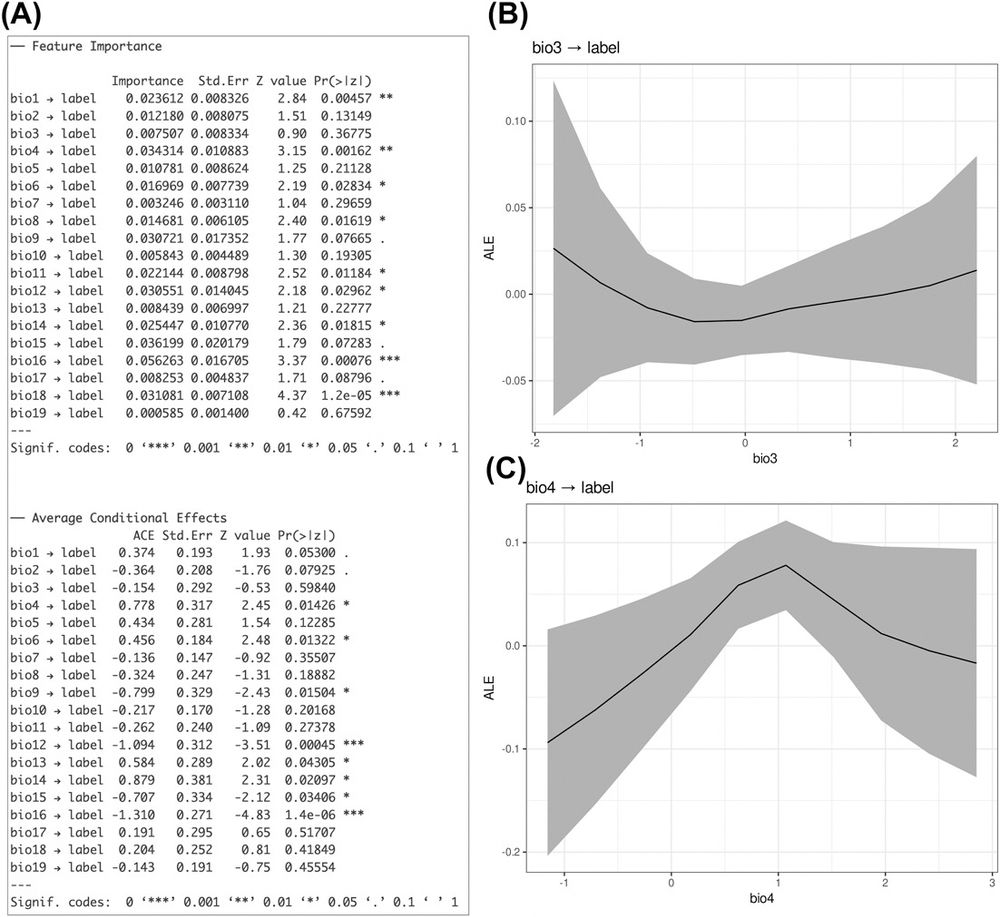
The current CRAN version supports only fully connected DNNs, but our development version on GitHub also includes CNNs and multi-modal architectures.
Reposted by Matthew M. Kling

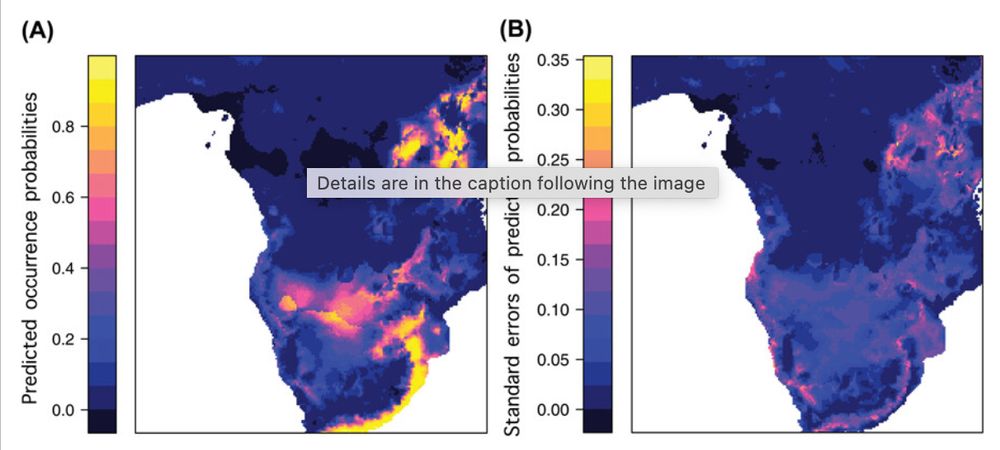
Cito is an interface to torch for R and supports building and training


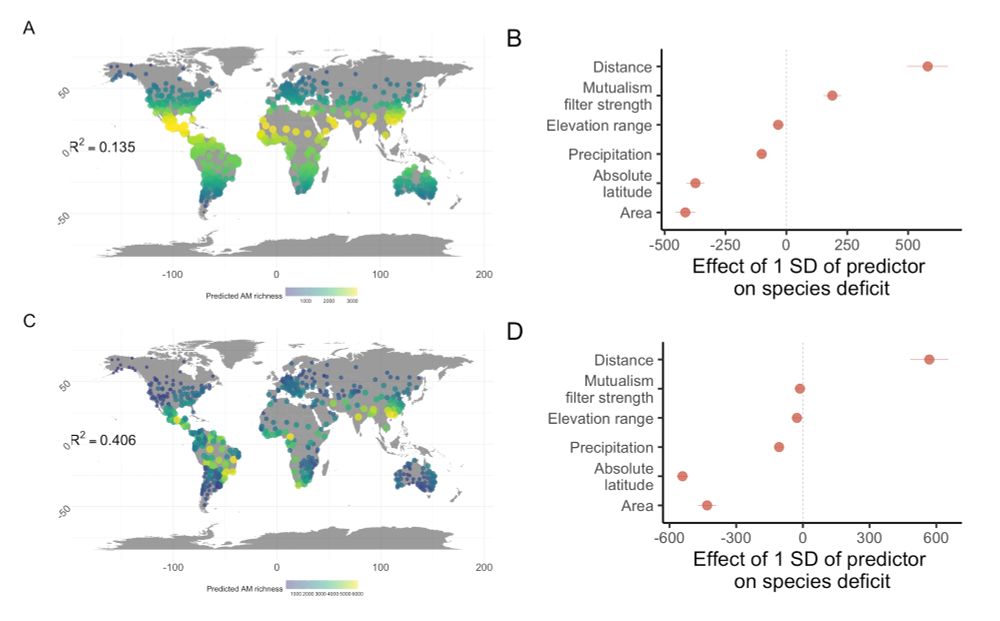
Reposted by Lisa Hülsmann


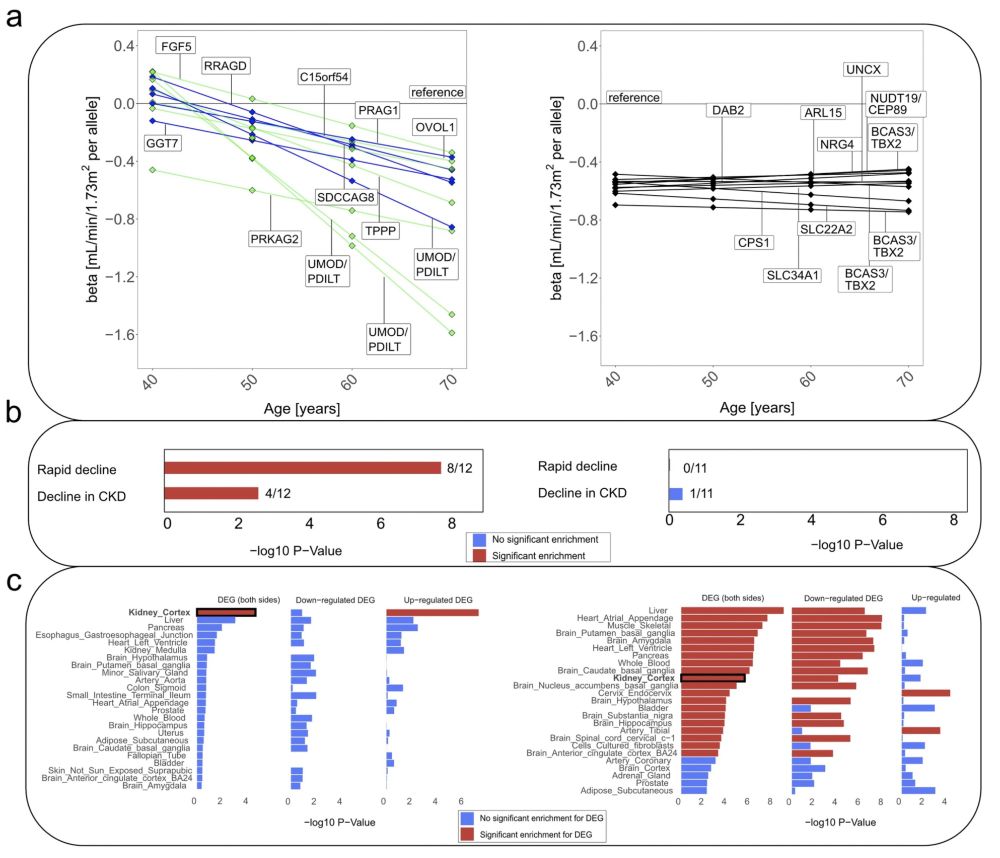



Reposted by Florian Härtig, Fabiola Iannarilli
Reposted by Michael Catchen
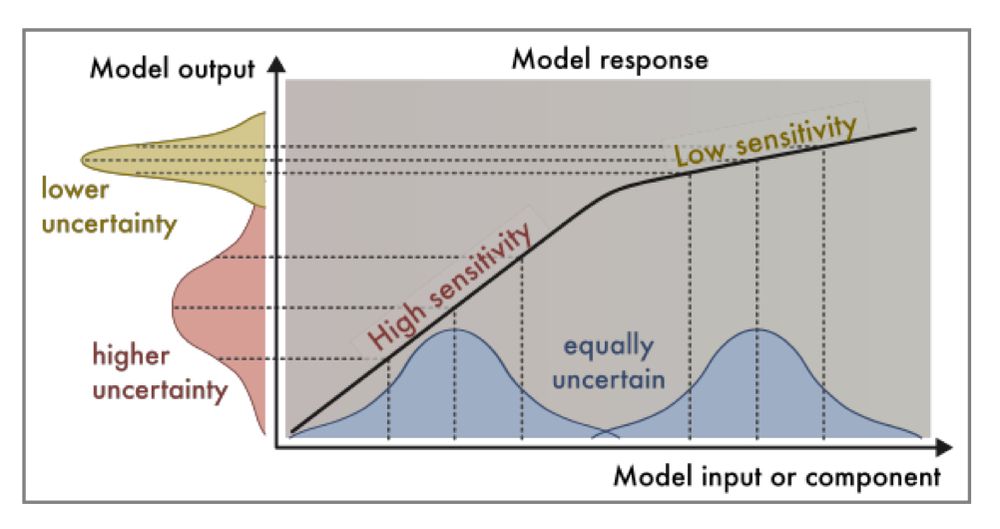
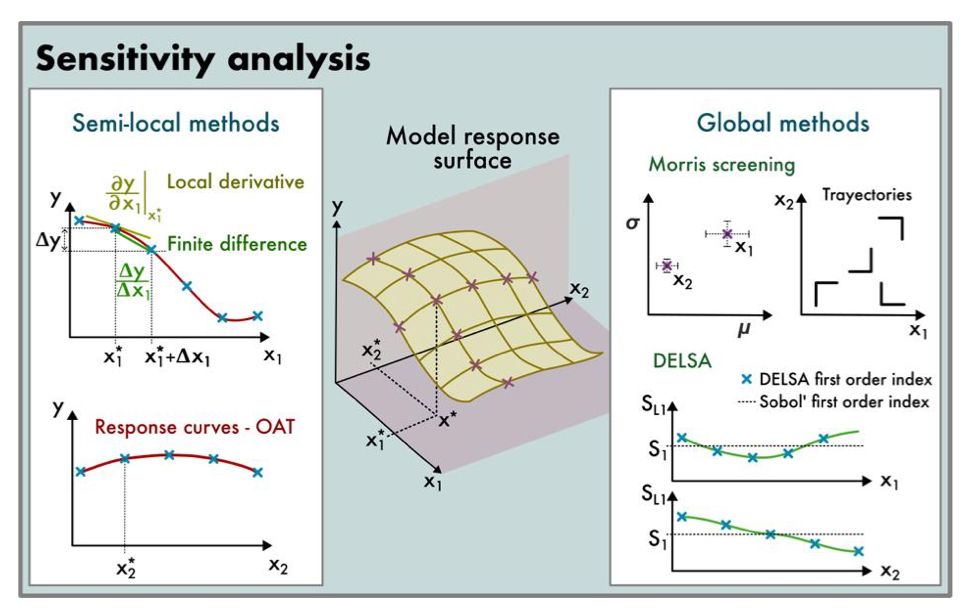
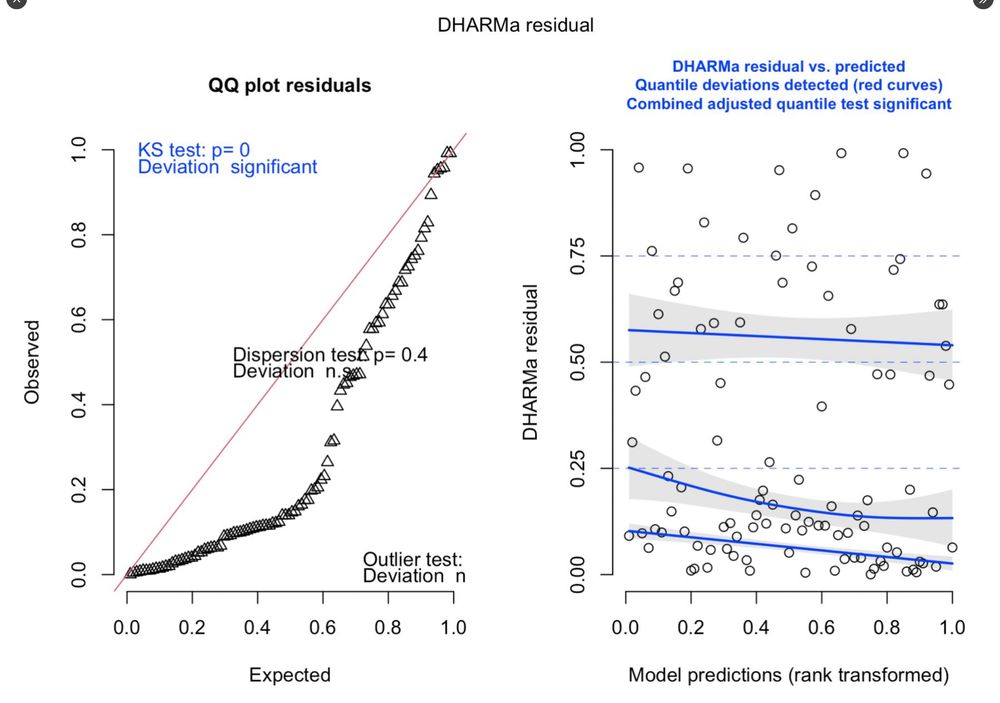
Reposted by Florian Härtig
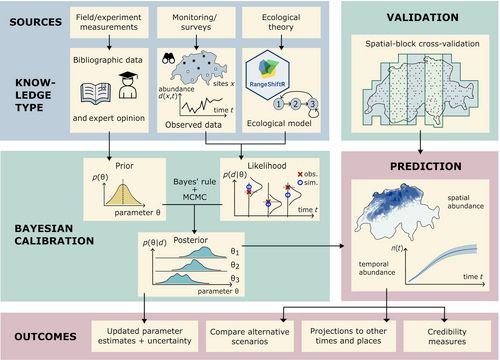
Reposted by Florian Härtig

Reposted by Lisa Hülsmann

